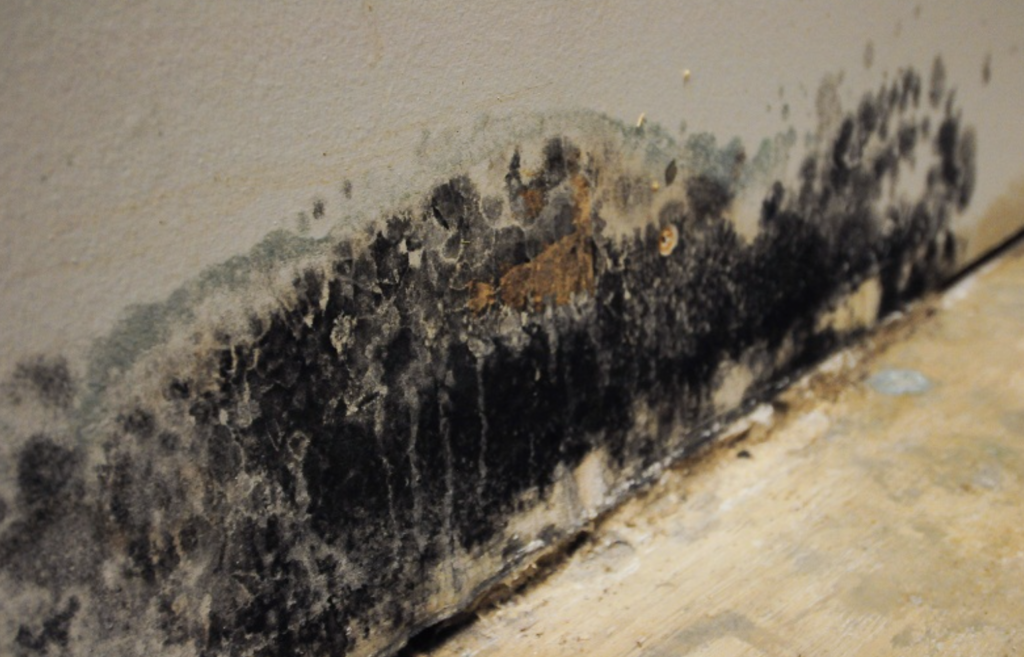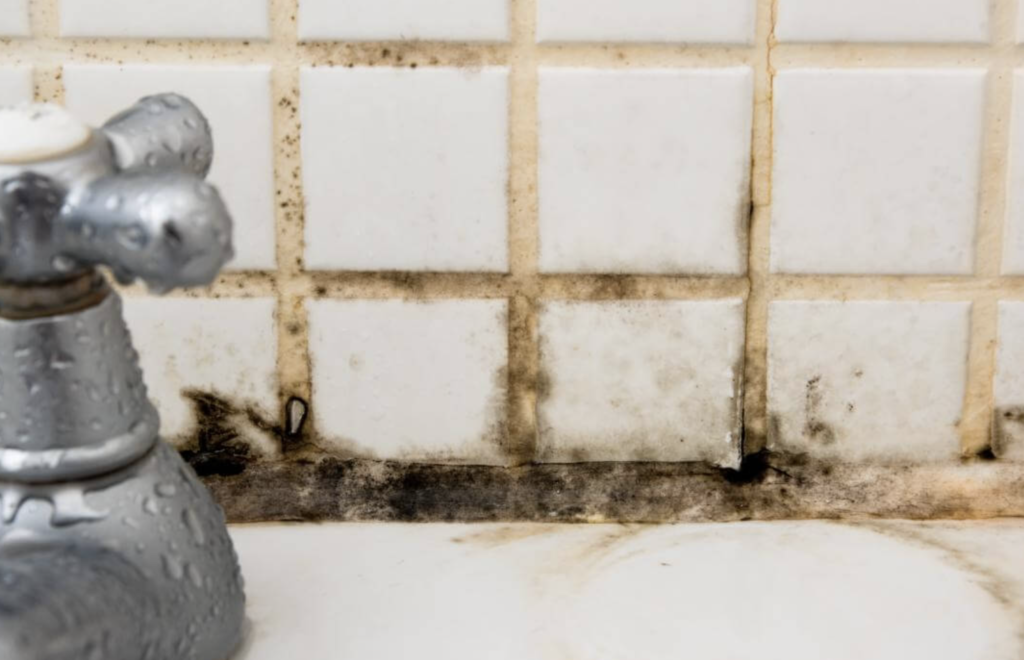Until recently, I had no idea how common mold exposure was and how much it can affect your health. I knew that hidden mold in your home could make you sick, but I never knew how hidden it could be. You may remember my email about Epstein Barr Virus not long ago and how I learned that I had a reactivated infection due to mold exposure. I had no idea I was exposed to mold; I even saw mold in one house and didn’t connect the dots to my symptoms.
Symptoms of Mold Exposure
It turns out that the symptoms related to hidden mold in your home can be quite severe. In my case, I was experiencing a sudden onset of insomnia, anxiety, and shortness of breath. My GP suggested taking anti-anxiety medications, as this was a hormone problem. She said it was probably menopause, although my hormones looked normal in the labs.

Some new research sheds light on some of these symptoms. According to one paper, Individuals who spend time in moldy buildings report numerous adverse health effects, including respiratory problems, chronic fatigue, muscle/joint pain, anxiety, and cognitive problems (“brain fog”, Curtis et al., 2004, Ratnaseelan et al., 2018) Read more in the article HERE.
My Experience With Mold
How do you know if you have hidden mold in your home? Once I learned that hidden mold can make you sick, I started to put the pieces together. I only lived in a moldy house for one year but then moved to another. Additionally, the next house had hidden mold in the garage, which I cleaned, not knowing I was making the situation much worse. Soon after moving in and working out in the same garage, I found the mold; I began having more symptoms. My hair was falling out and breaking, I started to look and feel very inflamed, and insomnia became severe. My symptoms were consistent with hypothyroidism, but when given thyroid meds, I felt anxious and sped up. It was not what I needed.

Also, I later found the labs indicated extremely high cortisol and mycotoxins in my urine. I also found low thyroid levels in my blood work. Mold seemed to have spurred the EBV, slowing down my thyroid. These were the symptoms I was experiencing. One of the lab markers for mold exposure is elevated cortisol, which can also cause weight gain, insomnia, and hair loss.
Mold Is Common
Mold is everywhere. I had no idea how common mold exposure was. One 2017 study found mold in every public building studied, with an average of about 14 instances of mold per building. Another 2012 study involving 31 European countries found mold in 1 in 6 homes. The author noted that the prevalence of mold might vary greatly depending on the regional climate.

What you can do
What can we do if there is mold in the home? Unfortunately, you will need to find and remove the mold. This could be quite challenging; in some cases, people just need to move from home or work to avoid exposure. Many people (myself included) become very sensitive to mold after a big exposure. I have insomnia if I try to now sleep in a room or building with mold.
Some more realistic options include diffusing citrus oils in areas with suspected mold. I use a variety of doTERRA essential oils that smell nice and clean the air. In addition, vinegar can be sprayed on bathroom tile mold and wiped off with paper towels. Of course, open all windows to allow light and airflow whenever possible. We will leave the windows open even when it is cold, keeping warm under blankets and clothing instead of shutting down airflow. More tips on cleaning up mold safely can be found here.
More to come on MOLD and mold-related illness. Unfortunately, I am receiving a first-hand experience lesson! Are any of these symptoms sounding familiar to you?
Click Here to Book a call with Nicole
NOT MEDICAL ADVICE. EDUCATIONAL PURPOSES ONLY.
